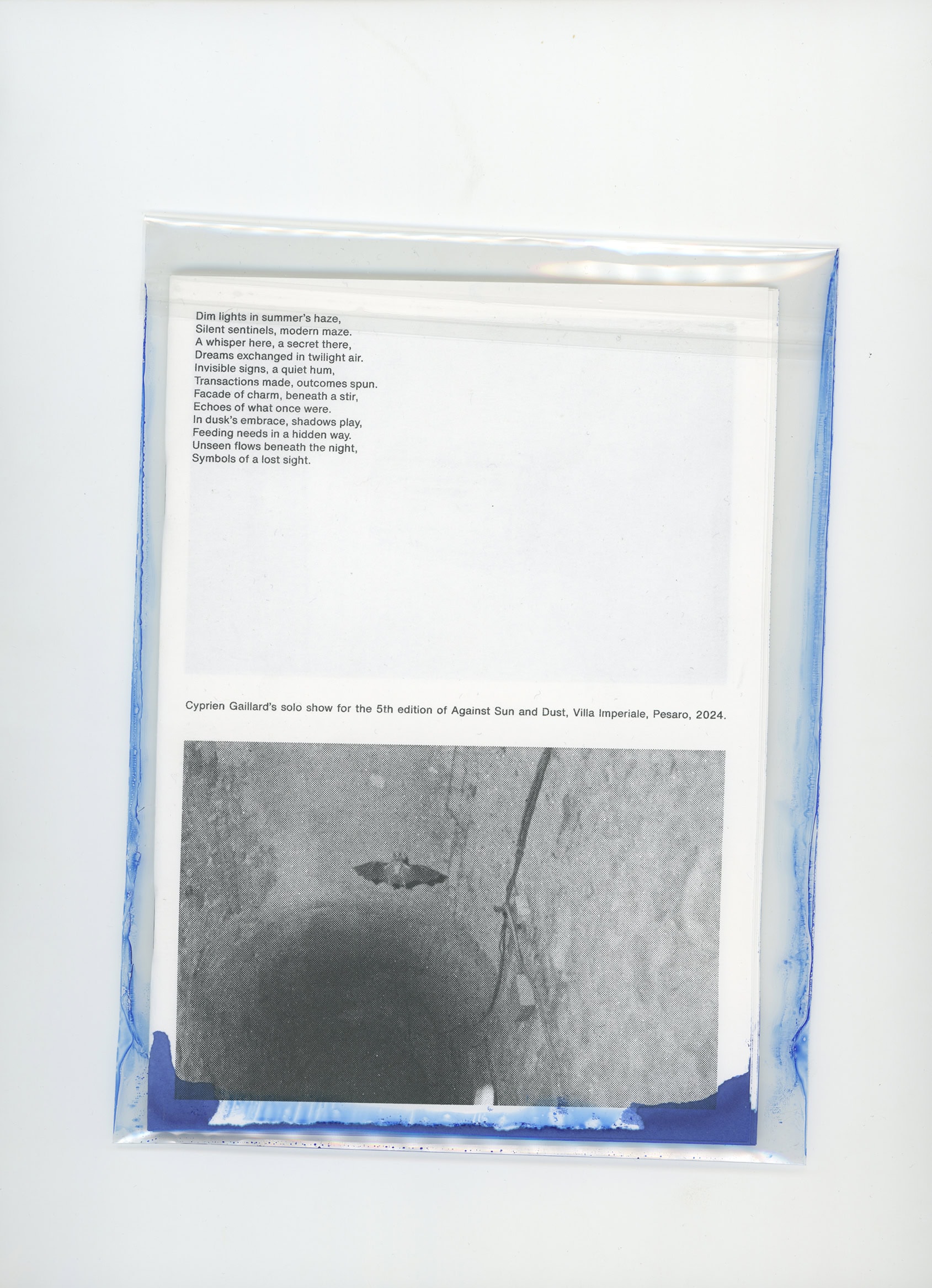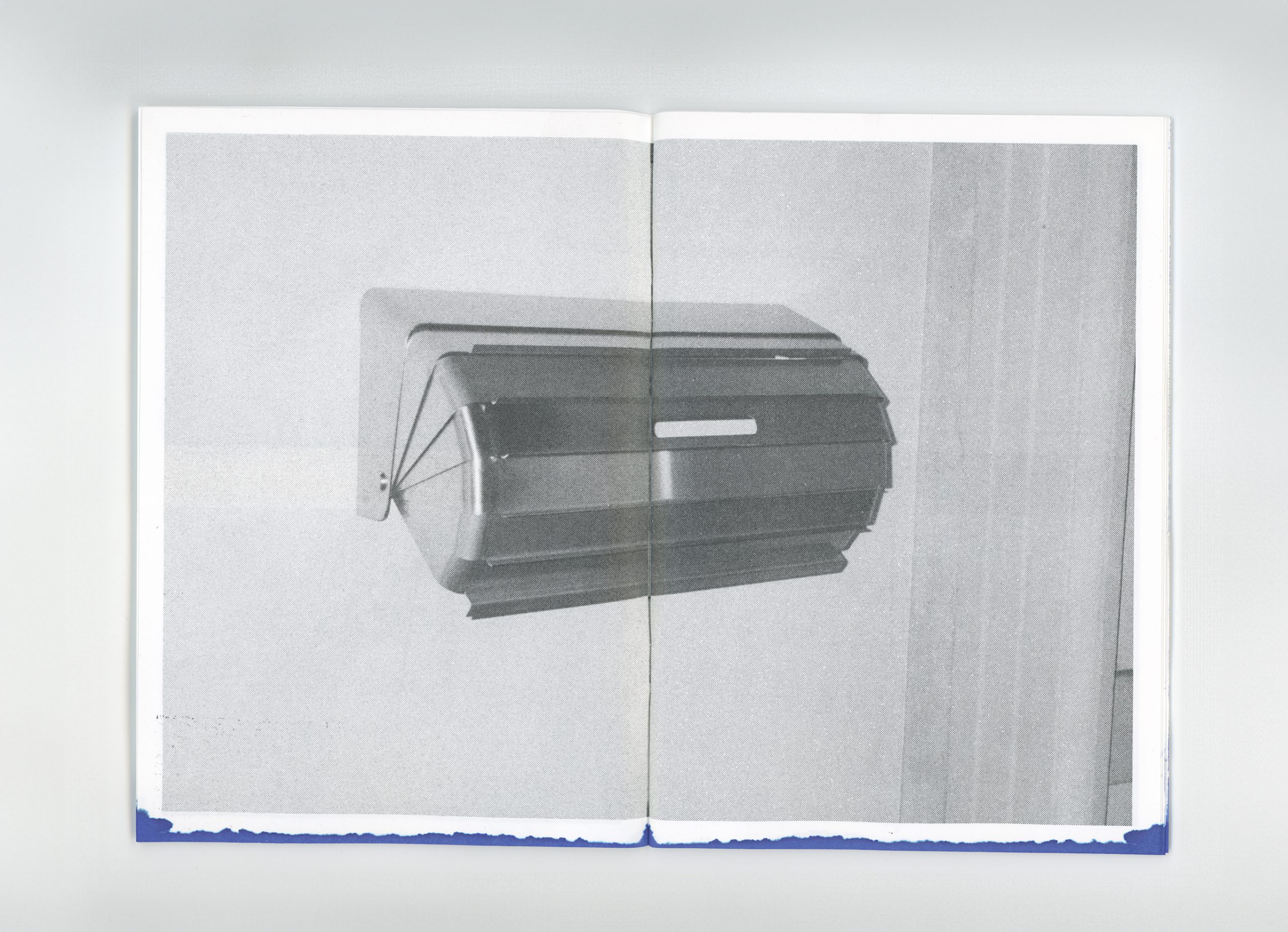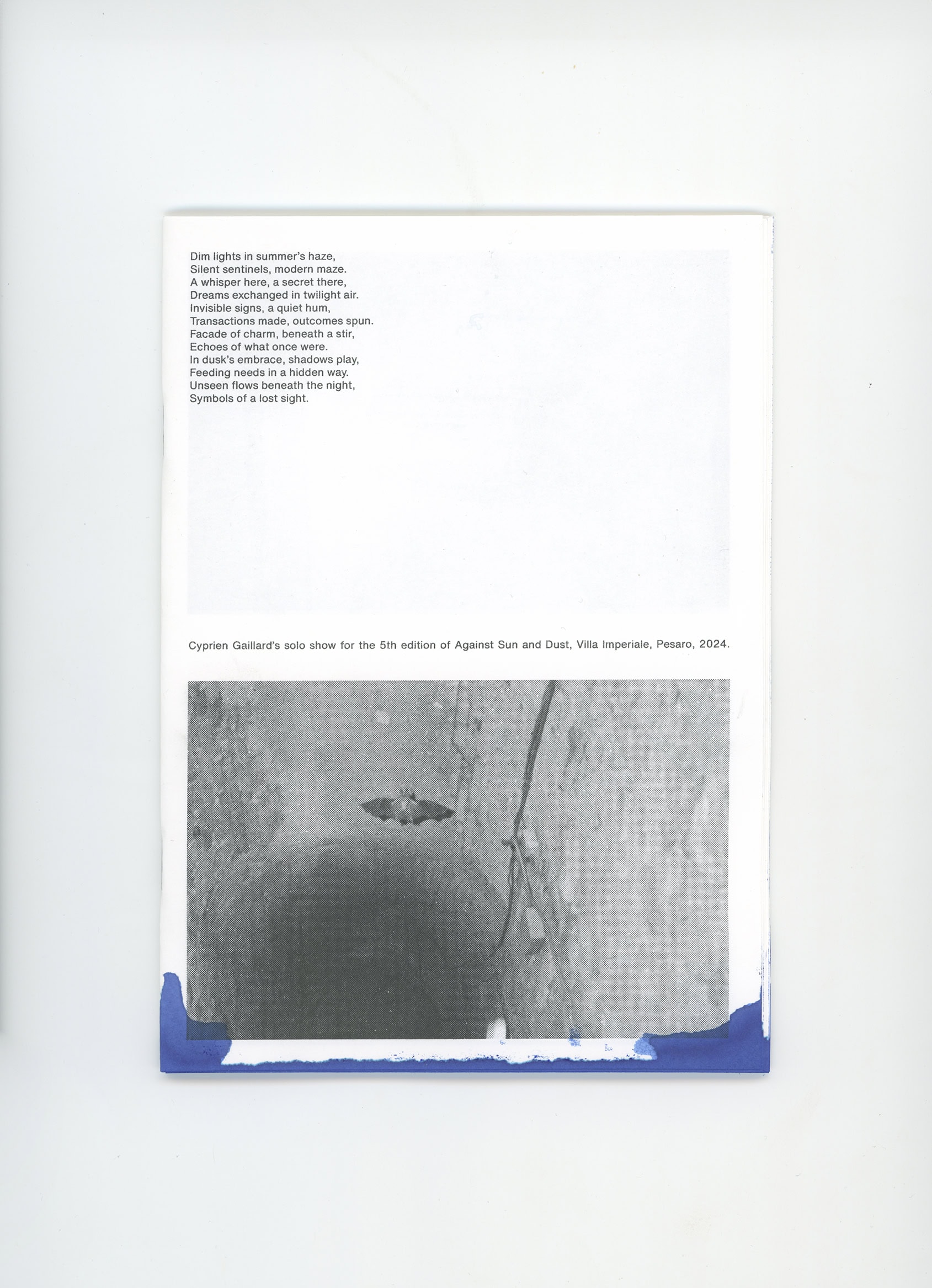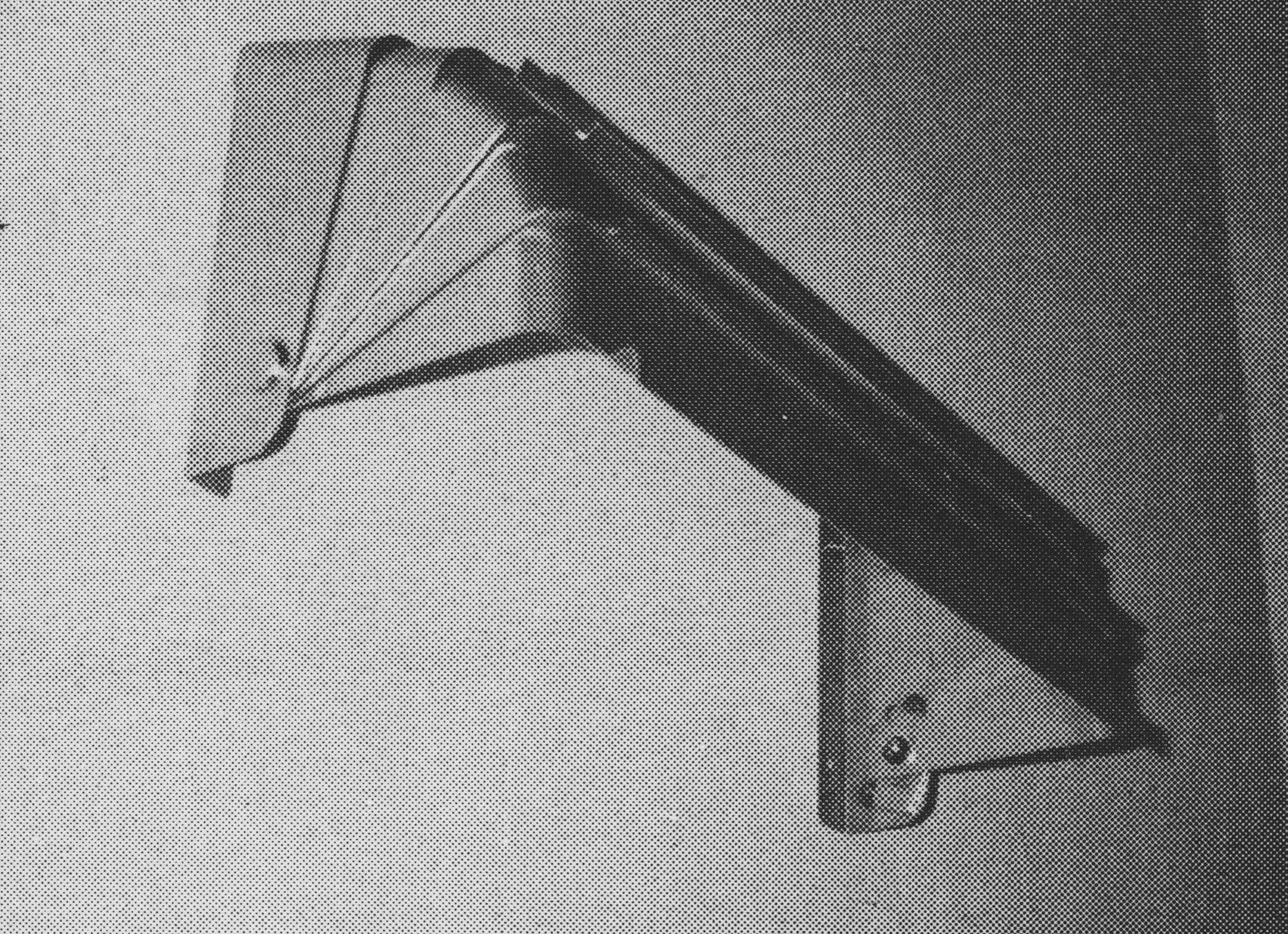On Wednesday, April 9, from 6 to 9 PM, BiM Milano hosts the launch of the new zine by rodeo clown. An event that is also an installation, a collective screening, and a curatorial act, in dialogue with the fifth edition of Against Sun and Dust.
Halfway between myth and profession, the original rodeo clown was an ambivalent figure: both jester and gladiator of the arena, tasked with making people laugh and saving lives. Today, the name reincarnates in Milan as rodeo clown, a multidisciplinary creative practice that moves between independent publishing, curatorial projects, and artistic duo. Behind the name are Tony Brugnoli and Edoardo Totaro, and behind them, a way of storytelling that defies conventional formats with irreverence and depth.
The zine they present on April 9 is the beating heart of a constellation of languages: it leaves the printed page to expand into space, becoming a photographic and audiovisual installation that traces a fragmented narrative — of images, sounds, ink, and geographies.
Accompanying it is Untitled 2024, the video work by NO TEXT Azienda with A Teardrop Sound. An experimental piece, layered like the geological terrains it draws from, now part of the public collection of the Paleontological Museum. Once again, the duo rodeo clown makes an appearance—not only as the authors of the zine, but as curators of the visual and sensory experience of the event.
The publication is dedicated to the fifth edition of Against Sun and Dust, a site-specific exhibition series conceived and curated by Cornelia Mattiacci and Alessandra Castelbarco Albani, held in the stratified setting of Villa Imperiale in Pesaro. This year’s edition features French artist Cyprien Gaillard, based in Berlin, whose practice explores the clashes between deep time and architecture, utopia and ruin. His exhibition inhabited the villa from July to October 2024, transforming it into a theater of tension between construction and decay.
Tony Brugnoli, co-founder of rodeo clown, documented the show through an unpublished photographic series that forms the visual core of the zine. The blue ink stains running through its pages are no printing accident, but direct references to Gaillard’s work—specifically to a series of pieces made from ATM fragments and dye packs activated during theft attempts, designed to leave permanent marks.
As with Gaillard, in rodeo clown’s project the idea of “occupation” is never literal, but symbolic and poetic. What remains after a place has been crossed, altered, consumed? The installation at BiM offers no definitive answers, but rather suggests trajectories—of disappearance, decadence, and ghostly presence.
In this landscape of ruins and sonic glitches, rodeo clown becomes an irreverent filter through which to look at the present—a present made of hybrid media, oblique aesthetics, and stubborn attempts to leave a trace.




